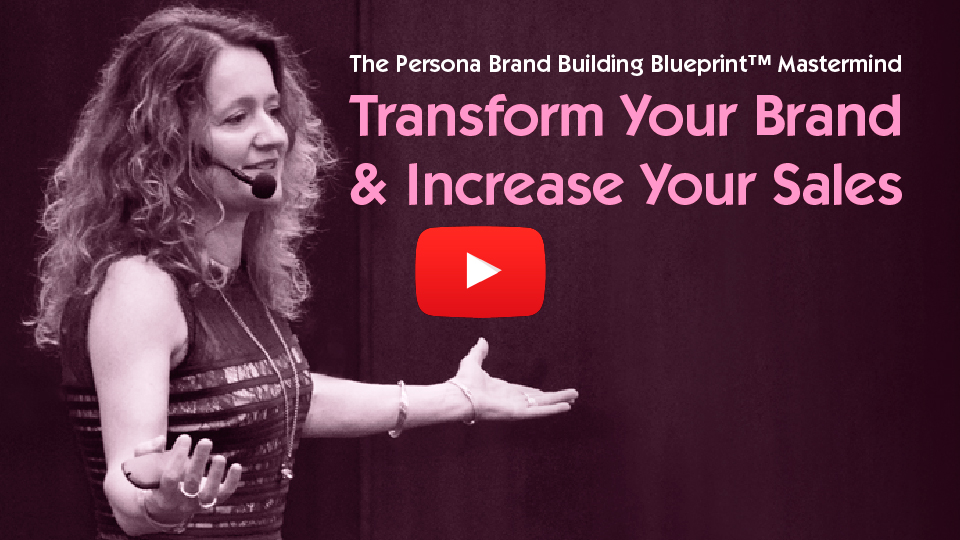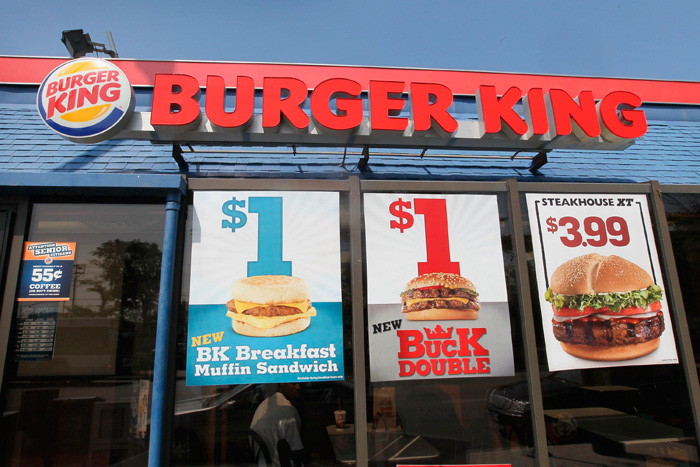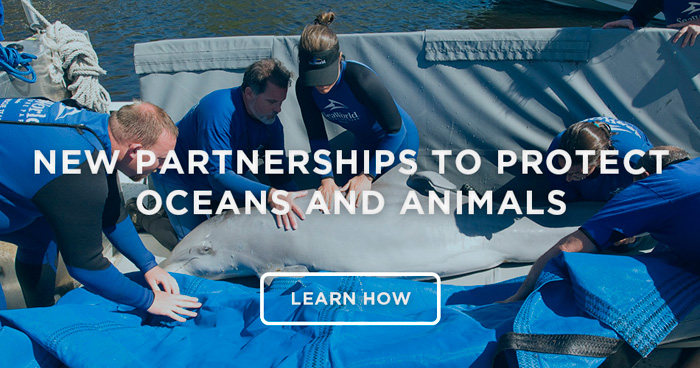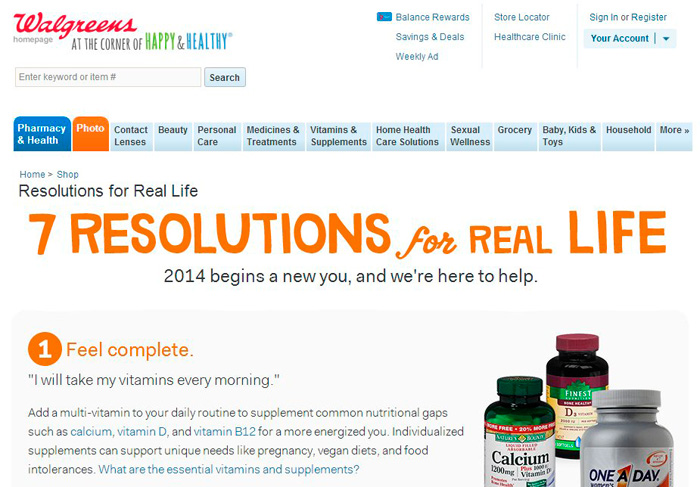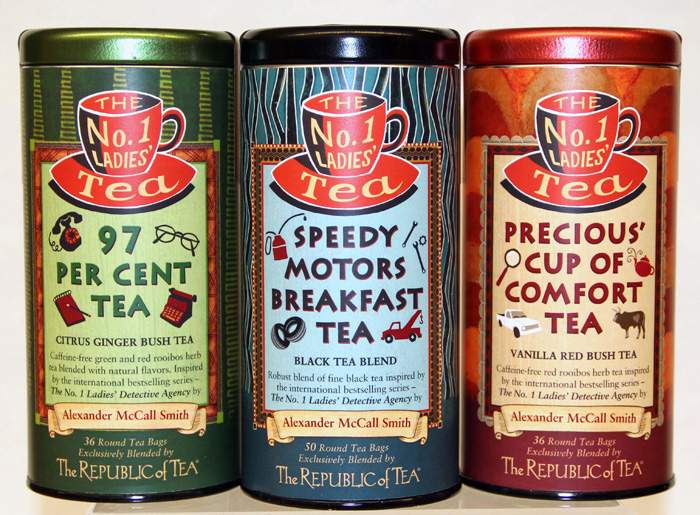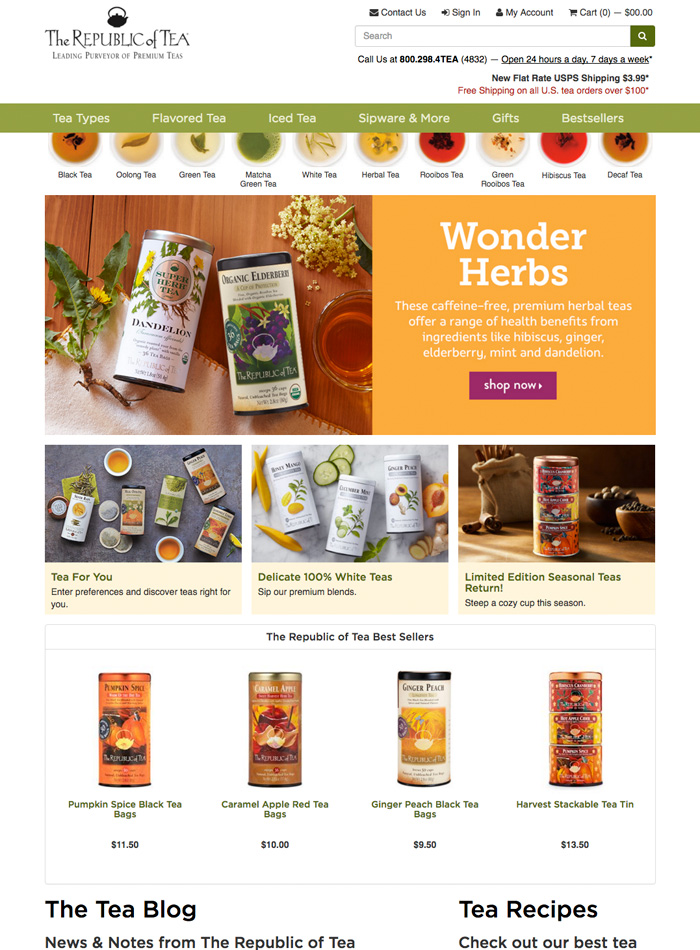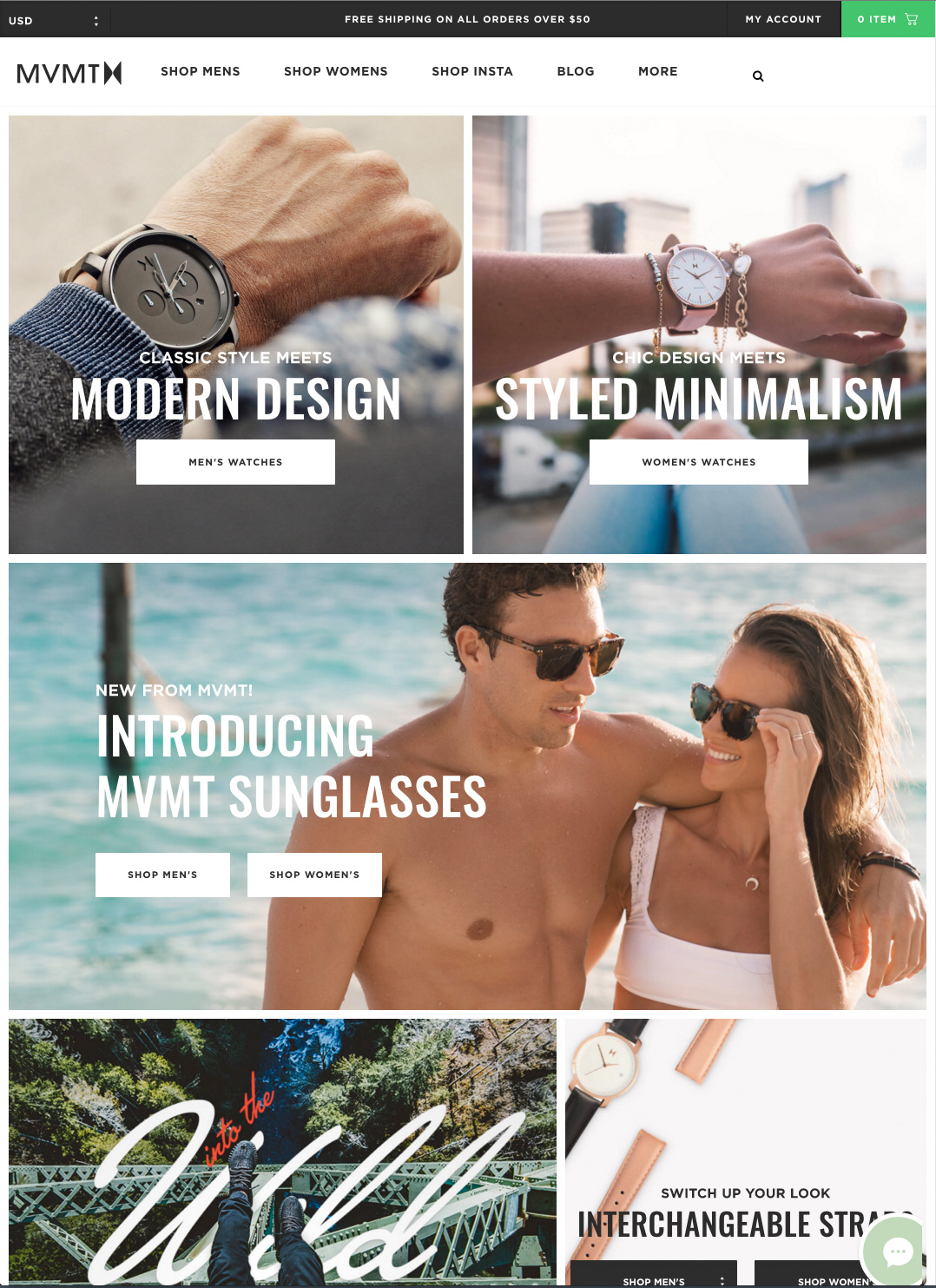The Impact of Company Brand Culture On Driving Performance and Increasing Sales
Most leaders and employees would view company brand culture as a crucial part of job performance and satisfaction coupled with great customer service, yet for so many brands it remains an elusive concept.
We all know intuitively that a bad company culture produces bad results and there are plenty of statistics to back this up. One Columbia University study shows that the probability of job turnover when a brand’s company culture is poor is 48.4%, compared to just 13.9% when the brand culture is perceived as a good one.[1]
In fact, good corporate brand culture fundamentally drives financial performance as evidenced by the research published in the book ‘Corporate Culture and Performance’ by HBS Professor James Heskett and Kotter International[2]
| GROWTH | Average Increase for Twelve Firms with Performance-Enhancing Cultures | Average Increase for Twenty Firms without Performance-Enhancing Cultures |
| Revenue Growth | 682% | 166% |
| Employment Growth | 282% | 36% |
| Stock Price Growth | 901% | 74% |
| Net Income Growth | 756% | 1% |
“Great companies that build an enduring brand have an emotional relationship with customers that has no barrier. And that emotional relationship is the most important characteristic, which is trust.”
Howard Schultz, Starbucks
Culture matters because it’s about transparency, company behaviour, what you stand for, who you are. Brand Culture is how you convey, share, and translate that into your brand. It’s what every employee believes, does, and lives to express that culture.
Brand culture is driven by the fundamentals of your brand profiling i.e. what your brand stands for, it’s personality, mission, vision, values, purpose and way of doing things.
It’s about building a relationship between your culture, which may be developed over time but should ideally be guided from the top, the founder, owner or CEO — the visionary behind the brand — and your brand itself in terms of its personality, how it does things, the customer experience it creates and what it stands for. How you develop them to create a strong positive and distinctive brand experience.
Related: CEO Brand Leadership, How Vision Drives Brand Growth
There are also bad cultures within businesses and organisations which are not positive brand experiences. These poor brand cultures undermine performance, productivity, the whole perception of the organisation, the brand and negatively impact sales.
Our experience working with many different companies and organisations across diverse sectors clearly illustrates that it’s not that they haven’t considered company brand culture, it’s that developing and implementing something perceived to be so abstract can be difficult.
Related: Top 10 Brands for Customer Experience and What You Can Learn From Them
Because of this apparent client challenge we’ve pulled together some tangible ways you can start working on and developing your brand culture together with case studies from worldwide brands to show you ‘brand culture’ in action in the ‘real world’.
They’re brands who, like us, understand that building culture is not about placing a ping-pong table in a rec room, it starts with strong brand values that respect your employees and customers alike.
12 Ways To Improve Your Company’s Brand Culture so You Increase Performance and Grow Sales
1. Don’t be Afraid to Mix Marketing with People
Based in Kansas and proud of its community roots, CornerBank, now part of RCB Bank, describes itself as the bank that is “on your corner and in your corner”.[3] Their approach to culture and marketing lies in people, something which RCB Bank is trying to emulate since their merger last year.
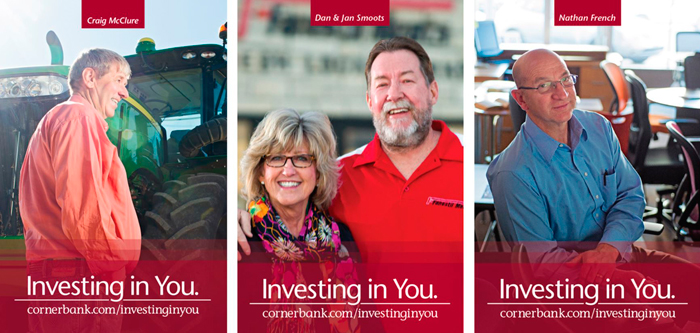
Image via CornerBank
CornerBank practised what they preached by combining the head of HR and the head of marketing into one role because their “people are their best marketing tool”.[4] While it’s undeniably an unorthodox way of structuring a company, in doing so, they put faith in their staff, and most importantly, their staff’s commitment to upholding those community roots. It’s a company that looks out for the little guy and ensures that its employees identify strongly with this.
2. Bridge the Gap Between Employee and Customer
With a client retention rate of a near-perfect 97.8%, bank and insurance provider, USAA is one of the most reputable and trusted brands in America.[5]
They have a unique proposition in that the vast majority of their customers are active or retired US military. No one knows their customer better than USAA and the company instils this in their employees by training them in the experiences of a soldier.[6]
This works in two ways. Firstly, for company culture, it gives employees insights that help them do their job better, which improves job satisfaction, and challenges them in the right way. And secondly, it shows customers that their experiences are genuinely important to the brand as a whole, but also that the people who they reach out to for service are much better equipped to deal with their situation. For soldiers trying to do their banking from war zones, that is often a pretty unique one.
3. Foster Fun and Creativity
When you think of best practice company culture, tech companies tend to come to mind. They seem to understand the important connection between having fun and innovating. Squarespace embodies many of the principles of best practice company culture – an attractive office space, very few levels of management, celebrations, downtime and flexibility.
What’s important here is that these practices stem from the company’s respect for its employees. This is the approach we take when we are working with clients. Downtime and flexibility show employees that they are respected enough to get on with their job and exercise a certain amount of autonomy.
Related: Use Humour in Branding to Create Strong Emotional Bonds so You Increase Sales
The fun aspects of this company’s culture are layered on top of this to let employees know that their work is appreciated. This two-pronged approach ensures that your company brand culture is engrained as a real living experience for everyone and not just lip service.
4. Offer Flexibility
Flextime is not a particularly new concept, and you’ll find it especially prevalent in public service organisations and progressive companies in western countries. Because of this, extensive research has been conducted to measure the value of offering this to your employees.
A survey conducted by The Alternative Board (TAB), an international provider of executive peer advisory boards, of hundreds of business owners, found that business owners who thought that their company culture was ‘strong’, also offered their employees flexible conditions, particularly in terms of time and remotely working.[7] We tend to find that when workplaces concentrate on results, project completion, and quality of work, the perceived ‘drudgery’ of the 9-5 work culture is eliminated, and employees feel part of something bigger which engenders a greater sense of job satisfaction.
Medium-sized British activewear company, Sweaty Betty, embodies these principles by using open communication and showing that they understand their employees have life commitments in addition to their work ones. “We trust our team and operate on a flexi-hour policy,” says Jessica Howden, people and events coordinator. “If a team member would rather leave earlier in the afternoon because of a long commute, they can start earlier in the morning. Our working hours are not set in stone.”[8]
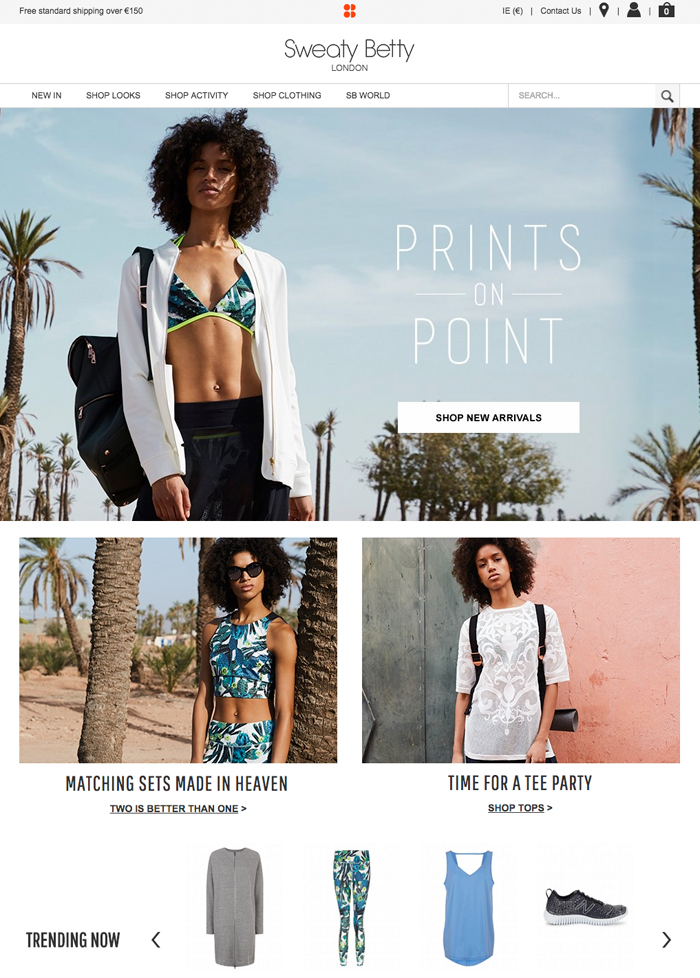
Image via Sweaty Betty
5. Build Brand Relationships to Create Community
Ask any social scientist, the key to happiness among employees in a workplace is when they feel like they are part of something bigger that makes a difference. Apple and Nike exhibited this in their September 2016 keynote where they teamed up to introduce the second-generation Apple watch. This is a watch that allows people to be part of two tribes – the Apple tribe, and the Nike Running Club tribe.
Aligning with another brand that commands respect and complements your brand values and positioning promotes inclusivity in your workplace and makes your employees feel like they are part of something larger than themselves. It also strengthens your brand in the mind of your customer and leads to commercial growth – advocates of one brand will be more likely to become advocates of the other when they are aligned.
When we work with companies to identify co-branding opportunities, having a strong brand culture or value fit is essential. Some of the most effective brand collaborations and alignments are not even necessarily in the same industry. This can yield great results for SMEs where the primary focus is to stand out, increase brand awareness with sales and reach new audiences.
Related: Co-Branding, 13 Tips for Growing Your Brand Through Strategic Partnerships
6. Hire ‘Your’ People
Traditional recruitment is generally based on skills and experience. Our approach to recruitment for your brand is to ascertain a baseline level of aptitude that you would consider mandatory, and place more emphasis on finding a suitable fit with your organisations brand culture.
Recruitment companies, such as New Zealand-based company, Weirdly, take an innovative approach to recruitment using a series of tactics to assess a potential employees culture fit before they even get to the interview phase. In doing this, you create a workplace where people feel a sense of belonging, as well as the crucial creation of an environment where ideas can be shared.
7. Employees as Brand Ambassadors
As we’ve mentioned, most companies will try to hire employees who reflect and embody their company’s values in some way. Increase engagement with your brand and create authentic communication by making it attractive for your employees to become brand ambassadors.
According to the 2016 Edelman Trust Barometer “Employees rank higher in public trust than a firm’s PR department, CEO, or Founder. 41% of us believe that employees are the most credible source of information regarding their business.”[9]
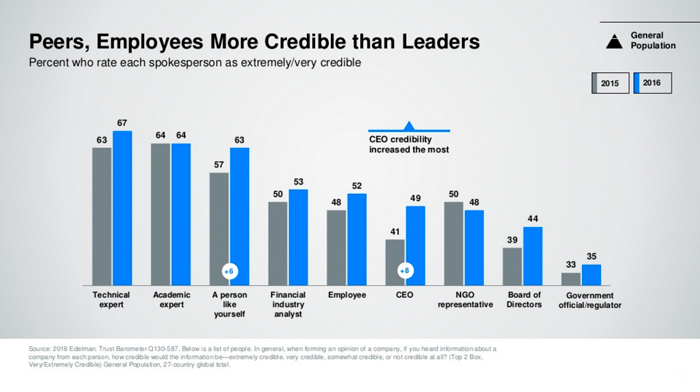
Image via Edelman Insights
We believe that this likely stems from the perception that employees are much more likely to voice their honesty, particularly if they are disgruntled. An employee that is openly endorsing a company is viewed as a trustworthy and reliable opinion. Social media is a great platform to try this on. Creating environments where employees feel compelled to share the goings-on of their workplace on their personal channels speaks volumes, and is a great place to start.
American-based retailer, Zappos, has an infamous reputation for its focus on employee culture. “At Zappos, we really view culture as our No. 1 priority. We decided that if we get the culture right, most of the stuff, like building a brand around delivering the very best customer service, will just take care of itself.” Tony Hsieh, CEO, Zappos–January 9th, 2010, The New York Times[10]
Related: Brand Sponsorships: The Best Brand Ambassadors Are Already On Your Payroll
8. Give Your Audience a Sneak Peek into Your Culture
In a similar way, don’t be afraid to shed a little light on how great your company is behind the scenes. Doing so increases your brand value with your customers and gives employees a public reason to feel proud of where they work. Your customers could also be your potential employees.
Just ensure that what you are posting accurately reflects your brand values as a company and how you want people to perceive it. ASOS is a great example of this – they use their Instagram account to provide sneak peeks into their workplace culture. It injects personality into the brand and shows that they value their employees.

Image via ASOS on Instagram
9. Remove Restrictive Hierarchies
Hierarchies are a particularly tricky area of company politics to navigate. We tend to look at hierarchies not from a ‘have them/don’t have them’ perspective, but rather explore why you have them, what purpose they serve and, most importantly, whether they are restrictive. Closed door policies can inhibit the flow of ideas and creates an ‘us and them’ culture, which is intimidating and often counter-productive.
While your brand needs a leadership team, and there will be things that the leadership team knows that employees aren’t privy to, there are ways to create an open and flexible environment.
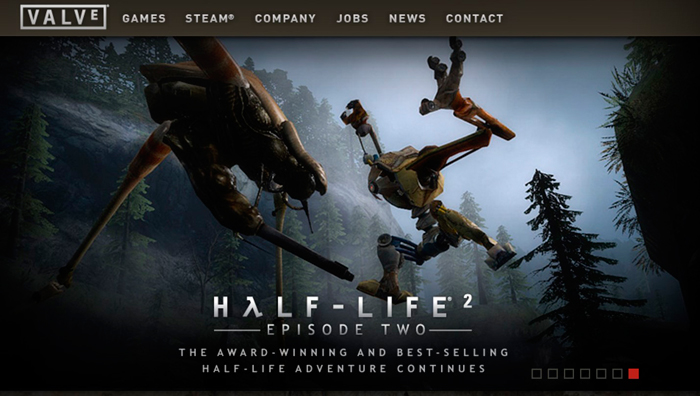
Image via Valve Software
SME, Valve Software[11], does this well – they have no managers, projects are started when an employee can group a team together, and performance management is conducted as peer review. As a result, Valve has experienced tremendous growth – something that would normally require rigidity to manage.
10. Make Your Employees Part of Your Brand Mission
Create an atmosphere where employees feel like they contribute to the outcome of your company or organisation. Environments where staff feel like they are part of something bigger than themselves have been constantly proven to be success-drivers. Results happen when everyone is invested.
So, how do you go about this? Our approach is to create a great brand and strategy communication from the top down. Internal communication should be tailored so that, no matter the structure of your company, each employee knows how they contribute to wider goals, and, most importantly, has a clear idea of what those wider goals are.
Including corporate social responsibility into part of your operations is a great way of tangibly showing both customers and employees that your company is committed to the greater good.
Relate: Brand CSR, The Business Case for Successful Branding and Social Good
Ice cream giant, Ben & Jerry’s, demonstrates that ethics are not just for the realms of small, niche enterprises by only using fair trade ingredients.[12] In strengthening their customer’s positive perception of them as a company, they increase employee morale, drive purchases, and ensure that their brand personality doesn’t fall into the trap of becoming disconnected with consumer’s needs.
Related: Personality Matters: Bringing Your Brand to Life to Grow Profits
11. Give your employees what they need
This is the proof point that your company is not just about placing that ping-pong table in the rec room. Showing employees that you value them and their lives as people, not just workers, vastly increases job satisfaction.
71% of staff at Goldman Sachs feel that they often or almost always receive great rewards, while 82% of American Express employees report that the company often or almost always provides needed training, fair promotions and personally challenging work.[13] While it’s not the glamorous, fun side of company brand culture, creating a base that ensures that your employees know they are valued through things such as child care, mentoring and health, can make a dramatic difference.
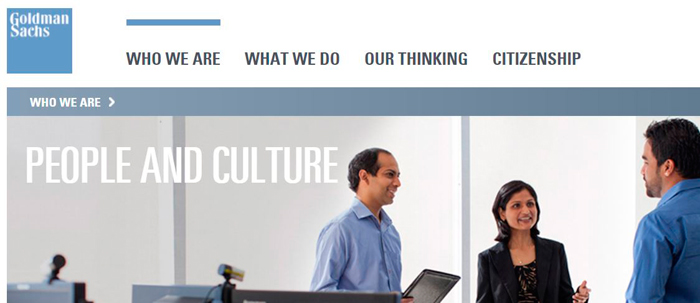
Image via Goldman Sachs
12. Create Autonomy
Career analyst, Dan Pink, has spent much of his own working career studying what it takes for employees to be motivated. It turns out, creating an environment where employees feel that they are the ‘masters of their own destiny’ is one of the most important aspects of employee happiness. This can be relatively easy to establish if the work is naturally project or campaign based, so thought should be given particularly to the roles where work is more constant and not as varied.
For instance, a Web Content Manager at an SME spends their day ensuring that the content is relevant, accurate and appropriate for the company. A company with a poor brand culture will treat this Content Manager as a worker, one who processes and publishes the team’s work, whereas a company with a great brand culture will instil autonomy in the Content Manager. They own the content space, feel comfortable providing advice and direction, and are looked to as the expert in that field. A small change, but one that makes a huge difference.
Related: Family Business Branding and The Secret Drivers to Brand Success
Brand culture integrates itself into every part of your company from the way customers perceive your company and trust you, which in turn has a massive impact on their likelihood to buy and become brand advocates, to your own employees’ sense of job satisfaction.
If you’re struggling to strongly develop your brand culture in order to improve your overall performance, growth and profitability, then a brand audit is a very useful tool to help you evaluate your areas of strength, weakness and potential innovation and growth.
Take a look at our brand audit programme called the Auditing Analysis Accelerator™. This online course takes you through all the key steps you need to consider in giving your brand a health check. It enables you to identify areas of strength, weakness and pinpoint new opportunities for innovation and growth. You can watch a free course preview here.

Audit your brand now so you can identify where and how to build your strong brand culture
Alternatively, if you’ve got a major challenge on your hands then perhaps a brand revitalization or refresh may be the most effective option to turn things around. Feel free to get in touch, we’d be delighted to help. Drop us a line to [email protected] or give us a call T: +353 1 8322724 (GMT hours 9:00-17:00).
Viewing your workplace as a mutually beneficial environment, one that adds value to both the employer, employee and customer is crucial to job satisfaction, role performance and customer satisfaction, which are what collectively drive growth and achieve strong commercial results.
There are so many ways that SMEs / SMBs can add value to their employees’ lives by providing them with the benefits and autonomy they need, to creating a fun and inviting environment that instils a sense of pride and appreciation. We can help you uncover and articulate your brand values, and most importantly, how to actually achieve them in your organisation in an authentic way that enhances your peoples’ lives while also increasing your profits.
Questions to consider
- Have you evaluated how you can improve your brand culture to attract and retain high performing talent so you can increase your brand awareness, market share and sales?
- When did you last give you brand a health check so you can identify areas of weakness, strength and where to innovate?
- Could you give some members of your team more autonomy to increase their motivation, performance and sense of fulfilment?
- Have you trained your staff and fully inducted them in what your brand stands for and what that means in a day-to-day actionable, living sense so you can improve their performance, brand alignment and the quality of the customer experience delivered?
- Is now the right time for a brand refresh so you can improve your brand culture, re-invigorate company morale and increase overall market impact and growth?
Want to refresh your brand but you’re not sure where to start to get a successful return on your investment?
Drop us a line or give us a call… we’re here to help!
If you want direction and support transforming your brand so it fully embraces changing trends and increases sales then the Persona Brand Building Blueprint™ Mastermind is the perfect fit for you.
This is a two-day brand building intensive shared with a small group of like-minded peers where you work on your brand with our leadership. In fact, over the two days, you reevaluate your brand, codify it and create your brand strategy from the ground up whether you’re revitalising an existing brand or creating a new one.
At the end of the two-day Persona Brand Building Blueprint™ Mastermind you leave with your fully documented brand strategy ready for implementation in your business or organisation.
If your team is larger and you’d like to include your full team’s participation in the Persona Brand Building Blueprint™ Mastermind then we also run in-house private client brand building intensive programmes too.
Ring us to discuss your brand building preferences
Just drop us a line to [email protected] or give us a call T: +353 1 8322724 (GMT 9:00 – 17:00) to discuss your preferences and we’ll develop your brand building intensive bespoke to your particular brand requirements so that you have your brand solution built to greatly enhance your brand culture and secure your future success.
[1] https://www.entrepreneur.com/article/238640
[2] https://www.forbes.com/sites/johnkotter/2011/02/10/does-corporate-culture-drive-financial-performance/#7fb4ea207e9e
[3] https://hbr.org/2010/09/brand-is-culture-culture-is-br
[4] https://hbr.org/2010/09/brand-is-culture-culture-is-br
[5] https://www.bloomberg.com/news/articles/2010-02-18/usaas-battle-plan
[6] https://hbr.org/2010/09/brand-is-culture-culture-is-br
[7] http://www.businessnewsdaily.com/5935-improve-company-culture.html
[8] http://www.telegraph.co.uk/sponsored/business/britains-healthiest-company/11848497/flexible-working-hours.html
[9] https://www.forbes.com/sites/williamarruda/2013/10/08/three-steps-for-transforming-employees-into-brand-ambassadors/#5f8f0e9e1040
[10] http://www.inc.com/ananya-bhattacharya/tony-hsieh-on-company-culture.html
[11] https://www.inc.com/david-burkus/how-this-company-runs-without-managers.html
[12] http://www.businessnewsdaily.com/4679-corporate-social-responsibility.html
[13] https://www.entrepreneur.com/article/245667

